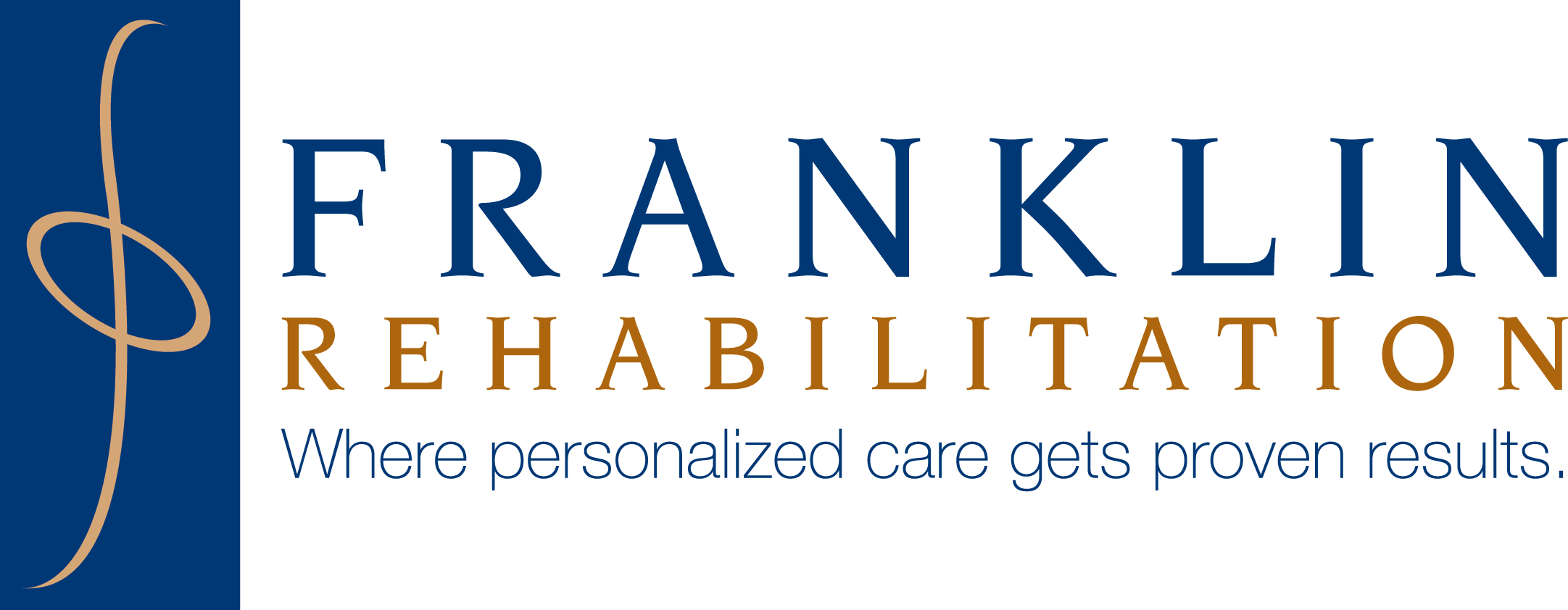4 reasons for chronic upper back pain

It’s estimated that nearly 15% to 19% of people in the U.S. struggle with chronic upper back pain at some point in their lifetimes. A large number of people experience recurring back pain. But few find the treatment that works most effectively for their back and neck pain. If you’re one of the many who have chronic upper back pain, learn why physical therapy could be the answer to your problems.
What are some of the top causes of chronic upper back pain?
There are a wide variety of conditions that can lead to chronic upper back pain. These conditions include:
- Muscle strain — Muscle strain occurs from overuse or trauma. It results in stretching or tearing the muscle beyond its capacity and can quickly become painful. Muscle strains can often heal on their own within a few weeks, but some severe cases of muscle strain need professional rehabilitation. Physical therapy can typically help improve muscle function and mobility for those with muscle strain injuries.
- Poor muscle strength — Poor abdominal muscle strength can also contribute to chronic upper back pain because the core muscles can’t support the back. Someone with poor muscle strength is more likely to experience back pain, pinched nerves, poor posture and other conditions.
- Herniated disc — Herniated discs occur when the nucleus inside a spinal disc slips through a crack in the disc’s casing. In some cases, people don’t experience any noticeable symptoms. For others, the nucleus presses up against a nerve in the back and causes nerve compression. Once the nerve becomes compressed by the herniated disc, pain, tingling and numbness in the upper back can occur.
- Poor posture — Poor posture can contribute to chronic upper back pain because it places stress on the abdomen and upper back. Maintaining good posture can help reduce the chances of developing chronic upper back pain.
- Pinched nerve — A pinched nerve, also known as a compressed nerve, is a condition that involves a nerve somewhere in the body being pressed up against or pinched. It’s usually caused by bone growth, tendon, cartilage or muscle pushing against the nerve. Compressed nerves can lead a person to experience tingling, numbness and pain throughout the body, including the upper back.
What can physical therapy do for someone with chronic upper back pain?
Physical therapy is a great solution for someone who needs treatment for their chronic upper back pain and other symptoms. Here’s what physical therapy can do for this type of back pain:
- Reduce pain — One of the benefits of physical therapy for chronic upper back pain is that it can alleviate some of the pain you may be feeling. Your physical therapist can help you strengthen your back while reducing inflammation through exercise, which can reduce pain down the road. Physical therapy can not only reduce pain caused by upper back problems, but it can also reduce your chances of experiencing pain in the future.
- Reduce swelling — Another benefit of physical therapy is that it can reduce swelling in the upper back that may be contributing to chronic pain. Physical therapists have a variety of tools and techniques that can help inflammation in areas of the back for decreased pain and swelling. Addressing the swelling can help improve your mobility and range of motion in your back and neighboring areas.
- Improve posture — Suppose poor posture is the source of your chronic upper back pain. In that case, many kinds of exercises and techniques can be utilized during PT sessions to help you correct your posture and alleviate any pressure you may be putting on your back by hunching over.
- Build muscle strength — Physical therapy can also be helpful for people who have weak muscles in their back and abdomen. In many cases, weak muscles can contribute to chronic upper back pain, especially when left unaddressed. Strengthening exercises can improve your chances of reducing the pain in your back and regaining mobility.
- Reduce muscle tension — Tense areas of muscle can add to chronic upper back pain, so physical therapy treatment designed to reduce muscle tension can help alleviate pain. Therapists can use instrument-assisted soft tissue mobilization (IASTM), the Graston Technique® and muscle-building exercises to reduce muscle tension. Pinched nerves and muscle strain are the conditions most likely to improve through treatments that address muscle tension.
Let Franklin Rehabilitation treat your chronic upper back pain at the root
Don’t let chronic upper back pain take over your life any longer than it already has. Allow our physical therapy team to bring back your independence. Care from the right physical therapy clinic is often the key to regaining control over your chronic condition. Are you ready to address your back pain and other symptoms? Consider making an appointment request today for a free screening with one of our experts. At Franklin Rehabilitation, our physical therapists are qualified to treat chronic pain and a variety of other conditions. Let us be the ones to help you as soon as possible so that you can start feeling better.
Contact our team today for more information or to schedule an initial appointment.
